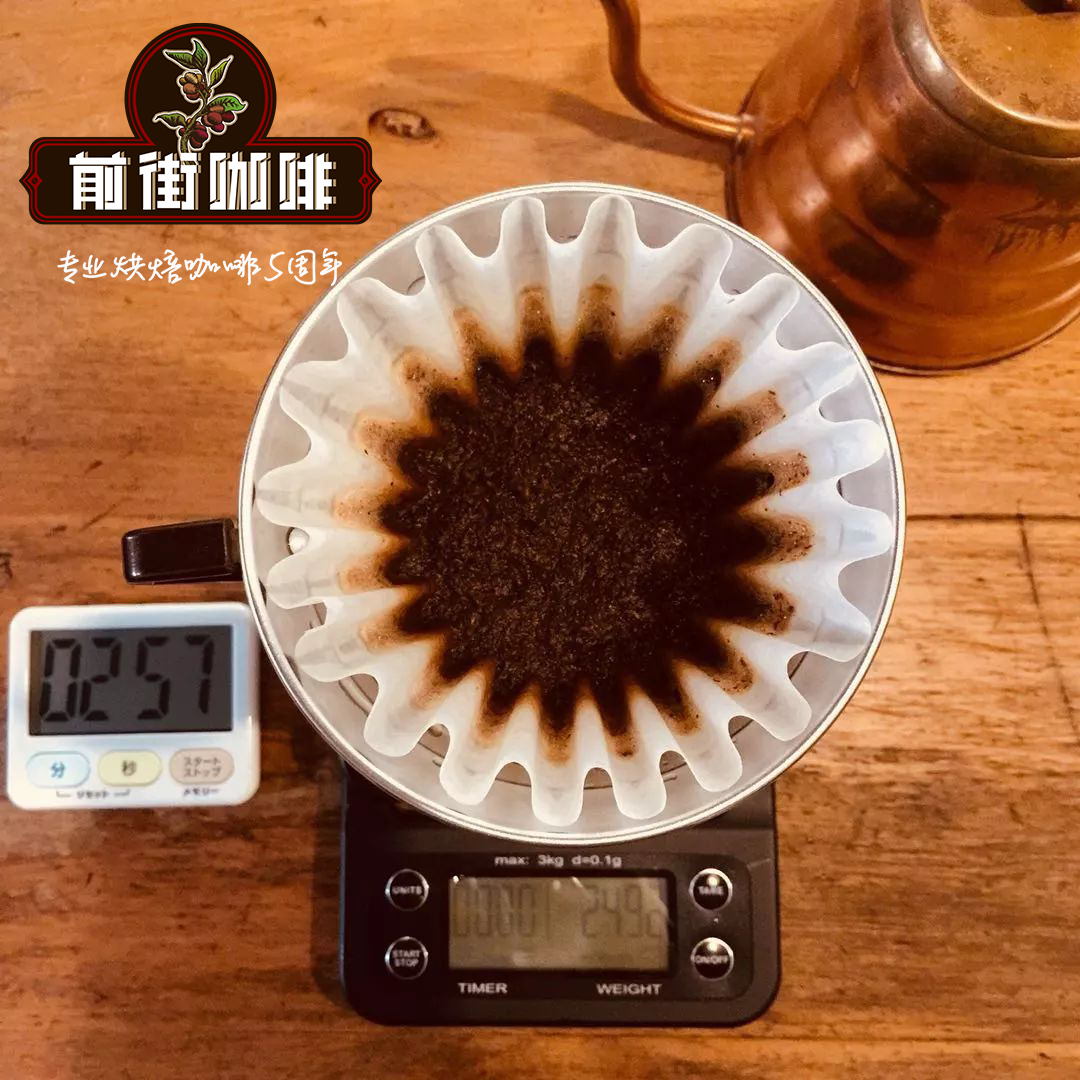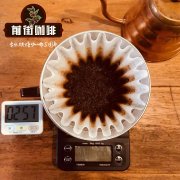Which brand of real blue mountain coffee is good quality coffee beans and waking beans also need to breathe?

Professional coffee knowledge exchange more coffee bean information please follow the coffee workshop (Wechat official account cafe_style)
Qianjie-brief introduction of Blue Mountain Coffee Brand and Coffee Bean cultivation period
RSW all ripe coffee fruits will be sent to Sherwood after harvest, first visually check to remove sundries and some defective fruits, and peel the flesh within 12 hours of delivery, while there is a sugary sticky layer outside the pulp, which must be removed during treatment. when most coffee fruits are removed at this stage, a hard brush will be used to brush the pulp layer and mucus on the fruit surface. In fact, this time-saving treatment is similar to [semi-washing], while RSW uses [fermentation] to naturally make the sticky layer fall off! Without the aid of other equipment, after the fermentation is completed, the coffee is washed and the parchment coffee is dried in a clean cement floor. This period of sunlight is called "bar-be-ques".
Natural sun drying for a long time can indeed enhance the sweetness and flavor of beans. RSW Estates is 100% sun dried (sun exposure, no machine drying). Drying must be done until the moisture content of the bean is 11% to 13% and then move to 24.C constant temperature and humidity for 2-3 months, so that the flavor will be better!
Small batches of low-temperature shelling, polishing and grading will be carried out at the exit, and when these actions are completed, the beans will be carefully picked out manually: defective beans, broken beans, different color beans and bad flavor beans will all be removed carefully. Each manual worker can pick only 75 pounds a day. After the manual picking of beans is completed, the raw beans are moved back to a constant temperature and humidity environment for storage. Before export, the Jamaican Coffee Agency will send staff to test, pass the test, then put them into oak barrels in Sherwood factory, and then export them by air.
Basic information:
Country: Jamaica: blue Mountain RSW Manor Group
Marked: RSW estate 100% Jamaica Blue Mountain
Variety: Jamaica Blue Mountain
Grade: No.1
Treatment: traditional washing, 100% sunlight
Dry incense: sweet, cool spices sweet, sucrose sweet, cherry
Wet fragrance: sweet spices, caramel, hazelnut sweet
Sip: clean and clear, sweet, brown sugar, peach, hazelnut, sweet and sour delicate, delicate viscosity and touch, well-balanced taste, good sour and sweet aftertaste.
Coffee and bean cultivation period
Coffee beans have the same "life", the process of exposure to air oxidation, but also the process of "aging". The coffee beans that have just been roasted are too young to reach the most mature stage. Like people, only through the accumulation of years will you become more mature. What you need right now is to give the coffee beans some time.
Freshly roasted coffee beans release a large amount of aroma factors and carbon dioxide, which are released through the tiny holes caused by roasting. When it comes to grinding, the carbon dioxide is released faster, and the resulting layer of carbon dioxide hinders the contact of the powder with water during the cooking process, resulting in insufficient extraction. With the passage of time, the atmosphere of carbon dioxide becomes thinner and the area of contact increases, the flavor of coffee will be fully displayed, so many people call bean farming a process of venting and venting.
Knowledge expansion: with the increase of time, the flavor intensity of coffee beans will become weaker day by day, which is due to the combined effect of time and oxygen.
In short: Qianjie is a coffee research hall, happy to share the knowledge about coffee with you, we share unreservedly just to make more friends fall in love with coffee, and there will be three low-discount coffee activities every month. The reason is that Qianjie wants to make more friends drink the best coffee at the lowest price, which has been Qianjie's tenet for 6 years!
END
Important Notice :
前街咖啡 FrontStreet Coffee has moved to new addredd:
FrontStreet Coffee Address: 315,Donghua East Road,GuangZhou
Tel:020 38364473
- Prev

What does Blue Mountain Coffee taste like chocolate? How does the smell of coffee beans change during the growing period?
Professional coffee knowledge exchange more coffee bean information please follow the coffee workshop (Wechat official account cafe_style) front street-Blue Mountain Coffee, Coffee cultivation season brief introduction Jamaica is a country located in the Caribbean, producing the world-famous Blue Mountain Coffee. The Blue Mountain is steep, the air is fresh, there is no pollution, it rains all the year round, and there is a great temperature difference between day and night. It has a unique fertile new volcano.
- Next

Is Blue Mountain Coffee good? what is the King's atmosphere Blue Mountain Coffee is suitable for whom to drink a balanced flavor?
Professional coffee knowledge exchange more coffee bean information please follow the coffee workshop (Wechat official account cafe_style) Front Street-Blue Mountain Coffee brief introduction he is produced in the Blue Mountains in Jamaica. Its caffeine content is very low, less than half of the coffee from other producing areas, and the unique flavor of "Blue Mountain Coffee" is related to the unique geographical location and climatic conditions of the Blue Mountain region of Jamaica. Teeth
Related
- Beginners will see the "Coffee pull flower" guide!
- What is the difference between ice blog purified milk and ordinary milk coffee?
- Why is the Philippines the largest producer of crops in Liberia?
- For coffee extraction, should the fine powder be retained?
- How does extracted espresso fill pressed powder? How much strength does it take to press the powder?
- How to make jasmine cold extract coffee? Is the jasmine + latte good?
- Will this little toy really make the coffee taste better? How does Lily Drip affect coffee extraction?
- Will the action of slapping the filter cup also affect coffee extraction?
- What's the difference between powder-to-water ratio and powder-to-liquid ratio?
- What is the Ethiopian local species? What does it have to do with Heirloom native species?

